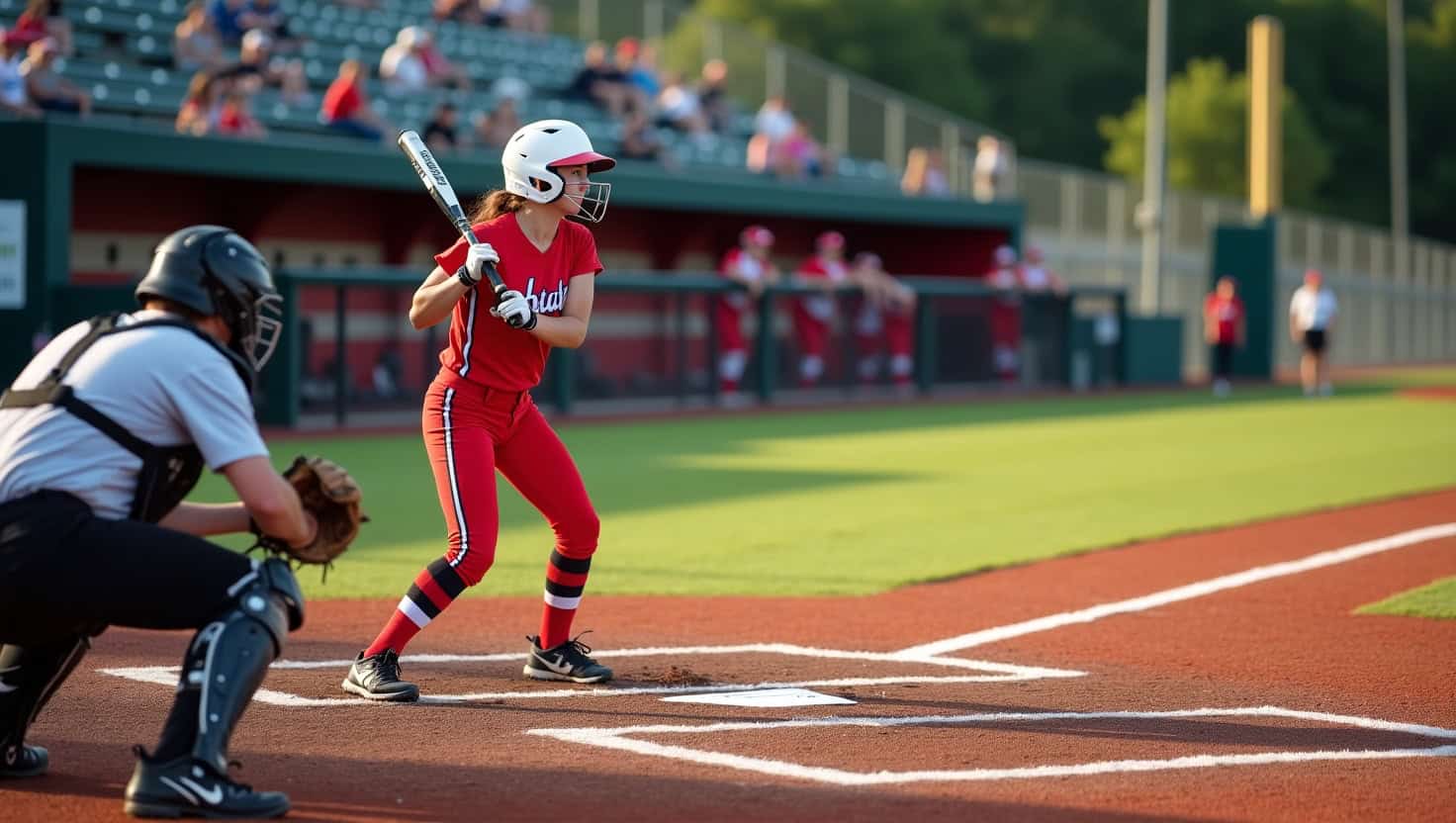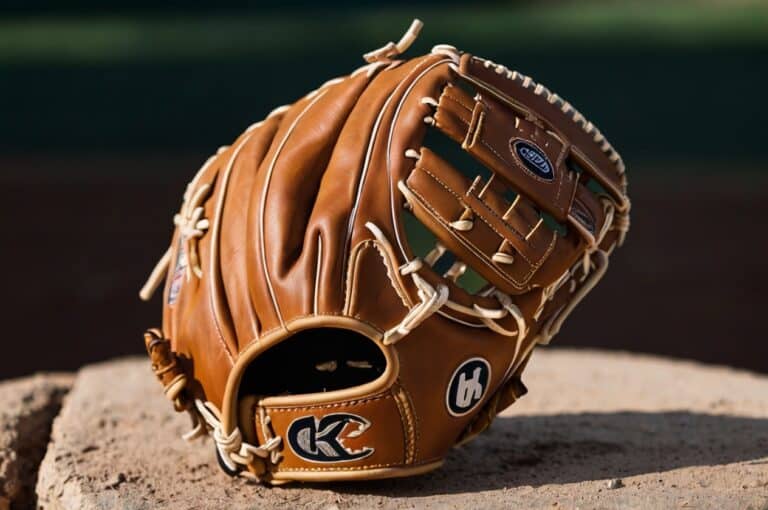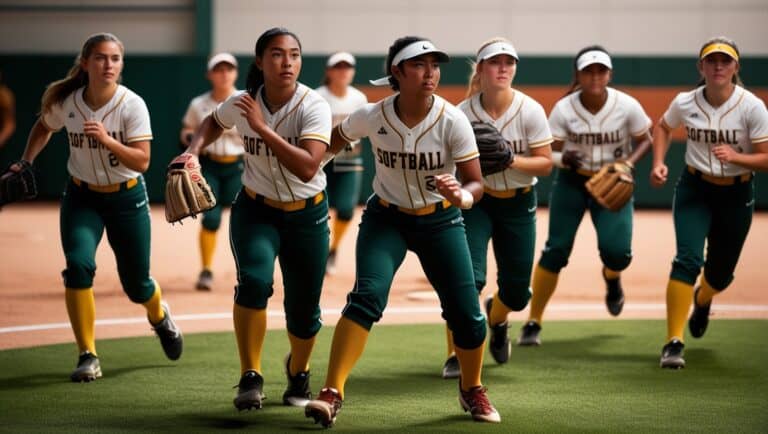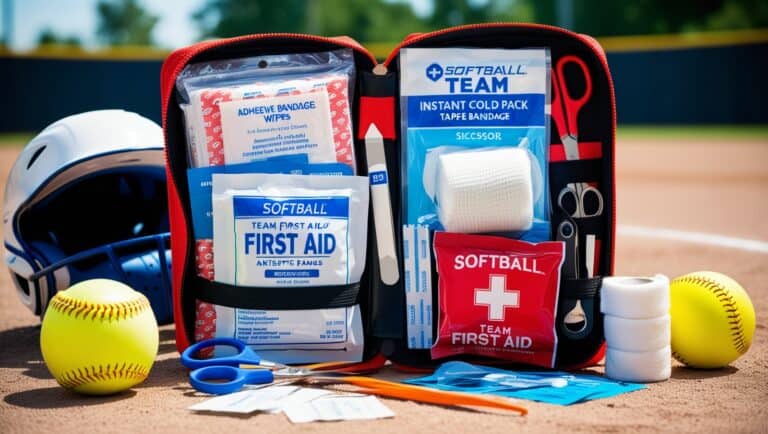No Way! 6 Mind-blowing Slow Pitch Softball Strike Zone Facts!

Batter up! Whether you’re a beginner, weekend warrior or a seasoned veteran player, understanding the slow pitch softball strike zone is crucial to your success on the field. The unique aspects of the slow pitch softball game can make or break your batting average. Today, is all about the slow pitch softball strike zone. Get ready to elevate your game and impress your teammates with your newfound knowledge!
What Defines the Slow Pitch Softball Strike Zone?
Alright, let’s dive into the details of the slow pitch softball strike zone. After years of playing and coaching, I’ve seen it all when it comes to this invisible box that can make or break a game.
First off, the official dimensions of the slow pitch softball strike zone are pretty straightforward, but don’t let that fool you into thinking it’s simple. It’s the space anywhere over home base between the batter’s back shoulder and front knee. The easiest way to think about it simplified is basically a rectangle over the plate that extends from the batter’s back shoulder to their front knee when they’re in their natural batting stance. Now, here’s where it gets a bit tricky – the ball can land anywhere behind the plate as long as it crosses somewhere in the strike zone before hitting the ground. That’s right, it’s more complicated than you might think!
One thing which trips up some players is the difference between slow pitch and fast pitch strike zones. In fast pitch, the zone is smaller and more compact, while in slow pitch, we’ve got a bit more leeway. It’s like comparing apples and oranges, really.
When it comes to key landmarks on a batter’s body, umpires are looking at those shoulders and knees I mentioned earlier. Can you imagine the strike zone difference between someone who is 6 feet, 5 inches and 5 feet 2 inches tall. It is a drastic difference. But here’s a pro tip: smart batters will adjust their stance to manipulate the zone. I’ve seen players practically crouch down to shrink their strike zone – sneaky, but effective!
The slow pitch softball strike zone can be a bit of a moving target, depending on the batter’s stance and the umpire’s interpretation. It’s not an exact science, which is why you’ll sometimes hear players griping about calls. But that’s just part of the game, ya know?
The Impact of Pitch Arc on the Strike Zone
Now, let’s talk about something that really sets slow pitch apart from fast pitch softball – the arc of the pitch. This is where things get interesting, and it’s a huge factor in determining the slow pitch softball strike zone.
In USA Softball leagues, you’ve got minimum and maximum arc heights to work with. According to the USA Softball 2025 Rule Book we’re looking at a minimum of 6 feet and a maximum of 12 feet from the ground.
The arc totally affects the vertical dimensions of the strike zone. A pitch that starts out looking way too high around the 12 foot mark can drop right into the zone, making batters look silly. I’ve been fooled by those very high arcs more times than I care to admit!
Umpire Techniques for Calling the Slow Pitch Softball Strike Zone
It’s time to put on the umpire’s hat for a second. Calling the slow pitch softball strike zone is an art form, I swear. It’s all about positioning and perspective, and is in the eye of the beholder, the umpire.
As an ump, you’ve got to position yourself just right behind the catcher. Too far left or right, and your whole perspective of the strike zone gets skewed.
When it comes to visual cues, we’re looking at where the ball crosses the plate in relation to the batter’s body. Is it between the back shoulder and front knee? Check. Is it over home plate? Check. But here’s the tricky part – the ump has to judge the height and positioning to make a ball or strike call in a split second.
One of the biggest challenges in consistently calling the slow pitch softball strike zone is dealing with different batters. You’ve got tall batters, short batters, batters who crouch, batters who stand straight up – and the zone changes for each of them. It’s like trying to hit a moving target sometimes.
The hardest aspect in my opinion for an umpire is determining the arc height of the pitch. A ball that looks way too high can drop right into the zone at the last second but how in the world do you tell if it is between 6 feet and 12 feet in height? It’s enough to make your head spin!
Common Misconceptions About the Slow Pitch Softball Strike Zone
Let’s bust some myths, shall we? There are a ton of misconceptions out there about the slow pitch softball strike zone, and it’s time to set the record straight.
First up, a lot of pitchers think the strike zone is this tiny little box that’s extremely difficult to hit. In slow pitch, it’s actually pretty generous. Remember, we’re talking about a zone that’s the width of home plate and extends from the back shoulder to the front knee. That’s actually a lot of real estate!
Another area of confusion is between slow pitch, fast pitch and baseball rules. I can’t tell you how many times I’ve heard someone say, “But in baseball…” Well, this isn’t baseball or fast pitch. The slow pitch softball strike zone is its own beast, with its own quirks and nuances.
Oh, and here’s a fun one – some players think the strike zone is the same in every league. Nope! League variations can totally affect the zone. We have been talking about USA Softball Rules but there is another USSSA Softball organization which has different rules. Pro Tip: it is critical to understand if you league is run by USA Softball or USSSA Softball as the rules are very different in some cases. For example USSSA Softball 2025 Rules say the pitched ball has to arc a minimum of 3 feet and be no higher than 10 feet to be considered a strike. Very different from the USA Softball minimum 6 feet and maximum 12 feet arc rule.
One myth which really gets me upset is the idea umpires are out to get certain players. Umpires are trying to call a fair game. The slow pitch softball strike zone is challenging enough without playing favorites!
Strategies for Batters to Master the Slow Pitch Softball Strike Zone
Okay, batter up softball friends! Let’s talk about how to dominate the slow pitch softball strike zone from the plate. After decades of swinging (and missing sometimes), I’ve picked up a few tricks.
First up, a player has to develop a keen eye for pitch recognition. It’s not just about seeing the ball; it’s about predicting where it’s gonna end up. Watch the pitcher’s release point, the arc of the ball, and how it’s spinning. With practice, you’ll start to see patterns and be able to tell if it’s gonna be a strike before it even reaches the plate.
Working the count in your favor is crucial. Don’t be afraid to let those borderline pitches go by. A good eye can frustrate the heck out of a pitcher and force them to throw something juicy right in your wheelhouse. Patience, young Jedi!
What about a player’s stance? Adjusting your stance to maximize your strike zone coverage is a game-changer. Standing straight up makes the strike zone much bigger. Bad idea! A slight crouch can shrink that zone and give you more control and balance. Just don’t overdo it – you still need to be able to swing effectively.
The slow pitch softball strike zone is your friend if you know how to use it. Take some time in practice to really get a feel for where your personal zone is. Stand in the batter’s box without a bat and have a teammate throw pitches. Call out whether they’re strikes or balls. It’ll help you internalize the zone and make better decisions at the plate.
Pitching Tactics to Exploit the Slow Pitch Softball Strike Zone
Alright, this is for all of you wannabe pitching aces, listen up! Exploiting the slow pitch softball strike zone is where the magic happens. It’s not about overpowering batters; it’s about outsmarting them.
Targeting the corners of the strike zone is Pitching 101. Those borderline pitches are a batter’s nightmare and an umpire’s headache. I’ve won more than a few games by consistently painting those corners. It’s all about control and repetition – practice, practice, practice!
Now, let’s talk about using speed and arc variations to deceive batters. Even though we’re playing slow pitch, that doesn’t mean every pitch has to be the same speed or have the same arc. Mix it up! A slightly faster pitch with a lower arc followed by a high, looping pitch can really mess with a batter’s timing.
But here’s the real pro tip – the mental game. Outsmarting batters within the strike zone is where you separate the good pitchers from the great ones. Pay attention to how batters react to certain pitches. Are they laying off high pitches? Start dropping them in just at the top of the zone. Are they killing outside pitches? Jam them inside.
I remember a game where I noticed the batter liked very inside pitches to swing at but pulls them foul a lot, so I started throwing them very inside pitches on every at-bat. They fouled out all three at-bats. If the player wants to get themselves out by having no discipline at the plate and are swinging at bad pitches….keep throwing bad pitches!
Whew! We’ve covered a lot of ground today, from the details of the slow pitch softball strike zone to strategies for both batters and pitchers. Remember, mastering the strike zone is a game-changer that can take your softball skills to the next level. So, next time you step up to the plate or take the rubber, keep these insights in mind. Now, grab your glove, hit the field, and show that strike zone who’s boss!
Craving more softball wisdom? Unlock game-changing tips below!






